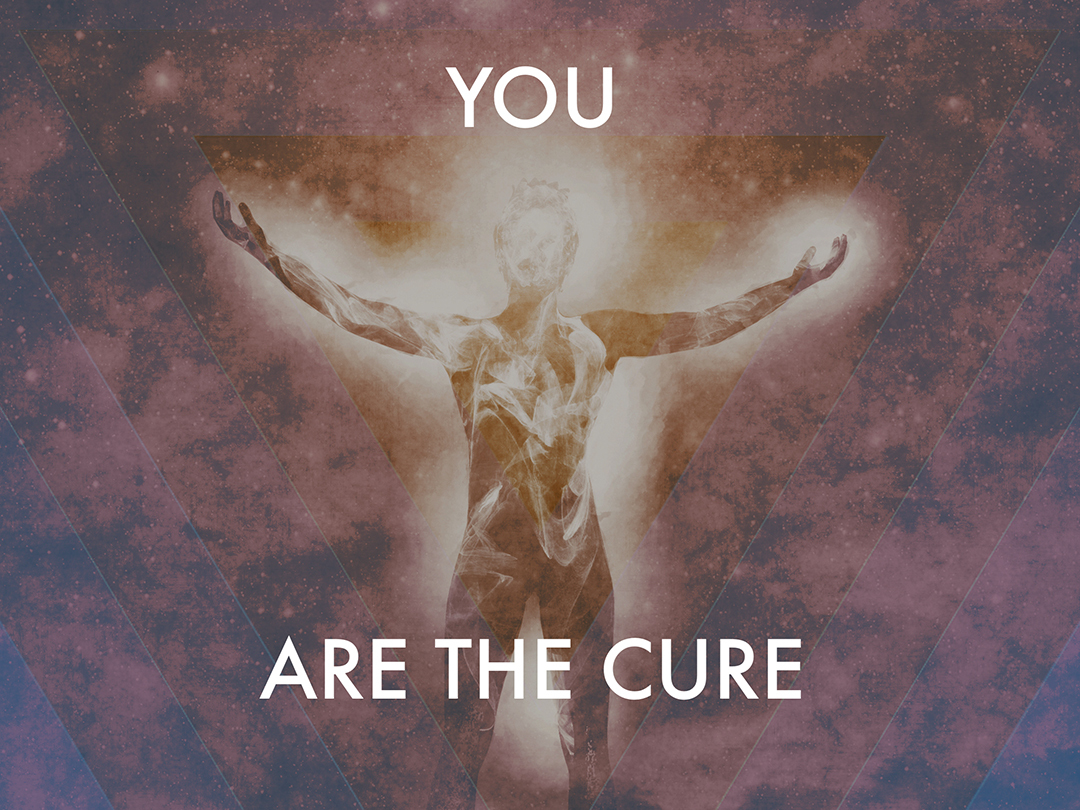Chaga: The Cancer Healer and King of All Herbs
Marina Bagrova/Getty
Explore how the Chaga mushroom is linked to a potential new cancer treatment.
There’s a new treatment for cancer and it’s neither plant nor animal. Chaga (inonotus obliquus) is a wood-rotting mushroom that grows on birch trees. Strangely, it is said to have a DNA structure that is 30 percent more human than plant!
Birch trees take 15-20 years to reach maturity. During that time, the Chaga mushroom absorbs and concentrates many valuable enzymes, nutrients and healing compounds that are bioavailable to the human body.
Chaga grows primarily in Russia, but also in parts of Japan, Korea, Alaska, Canada and northern Scandinavia. And although Chaga is found on your typical white birch tree, the most potent variation is found on the black birch trees of Siberia.
Superfood is a word hot on everyone’s tongue these days, but right about now, you can’t use that buzz word without mentioning Chaga. It’s known as the “King of Herbs” and a “Gift from God” by many and after seeing it’s jaw-dropping antioxidant value, there’s no doubt why.
Antioxidant value comparison:
- Chaga - 36,557
- Acai Berries - 800
- Goji Berries - 400
- Blueberries - 24.5
Wild-harvested chaga mushrooms not only have the highest antioxidant levels in the mushroom kingdom, but of any known food known to man (as tested by the USDA and Tufts University in Boston, MA).
When I first saw an image of this polypore fungus, it looked like a giant mole...one with melanoma. And if you know about the ‘Doctrine of Signatures’, it essentially says, if a food looks like a body part, then it can be taken for a healing effect on that part of the body. Like a walnut, for example, bares a striking resemblance to the brain and as we all know, walnuts are high in Omega-3’s (important for proper brain function and health).
Turns out there’s no better treatment for melanoma than Chaga. Approximately 25 percent of the pigments in Chaga are melanin (a really high amount). Melanin is important for the health of the skin and hair with its protective properties and its ability to target free radicals and help with sleep.
Though new to many of us, Chaga has actually been used as a folk remedy for more than (a documented) 4,600 years. The uses for Chaga mushrooms spans a wide range of health problems including:
- stomach pain
- ulcers
- asthma
- bronchitis
- liver problems
- eczema & psoriasis
- cancer
- chronic fatigues syndrome
- the flu
- HIV
- tuberculosis
- hypertension
- viral infections
- cardiovascular disease
- diabetes.
- fibromyalgia
- rheumatoid arthritis
- stroke
- Alzheimer’s Disease and more...
Recent studies have shown Chaga to have anti-tumor and antiviral properties, effectiveness against influenza and various cancer cells and is being heavily researched and studied for the treatment of HIV.
Related: Rethink Everything You Know About Cancer
The World Trade Organization (WTO) has even classified Chaga as a medicinal mushroom under WTO codes.
Here are some ways Chaga can benefit your health:
- It’s adaptogenic – brings the body into homeostasis and beneficial for all autoimmune diseases by regulating the immune system.
- The richest source of the enzyme SOD (superoxide dismutase). This super antioxidant prevents damage to the cell’s DNA. Low tissue levels of SOD correlate with a decline in overall health and a shorter lifespan
- Provides lots of B-Vitamins and also flavonoids, enzymes, minerals, and phenols
- Contains the highest known antioxidant concentrations of any food
- Contains an abundance of melanin, an important anti-aging compound that helps skin, balances the body’s bio-rhythms, and activates the pineal gland
- Rich in Zinc - which helps with proper cell growth, differentiation, and survival
- Promotes overall well-being
- Boosts energy levels & physical stamina
- Anti-aging properties
- Anti-fungal & anti-candida
- Antiviral & Anti-bacterial
- Anti-Inflammatory
- Joint health - contains the spongy stuff that’s in your joints, Glucosamine and chondroitin
- Balances blood sugar levels
To take Chaga you can simply drop a tsp. of Chaga mushroom powder in warm liquid (such as your morning chai or hot cocoa) and drink up. It actually has a pleasant taste, no funky bitterness. Traditionally though, the tea is made by simmering Chaga at a low temperature for 6-8 hours. The temperature should not to exceed 140 degrees Fahrenheit (staying at a low heat will protect the destruction of proteins, sterols, and enzymes). Strain and drink at any temperature you like!
Or, try this mushroom coffee made with Chaga and Lion's Mane. Yum.
Get more support on your journey with Gaia, S&H's partner in conscious media. Watch unlimited streaming of over 8,000 titles on yoga, meditation, healthy eating and alternative medicine, personal transformation, metaphysics and more. Get started with a few FREE titles at www.gaia.com/spiritualityhealth



